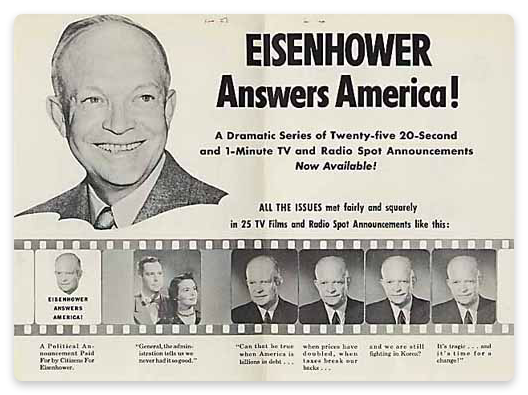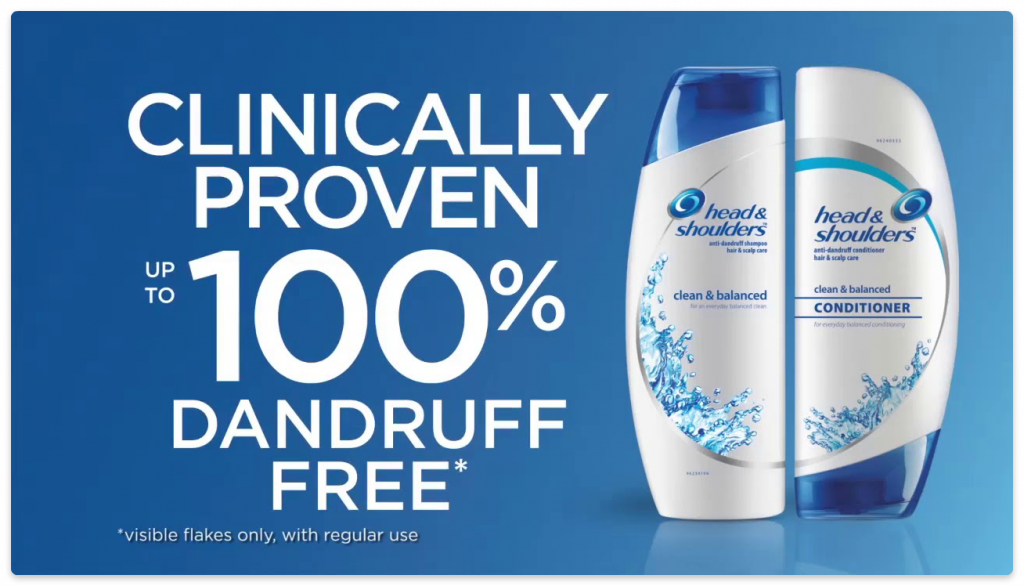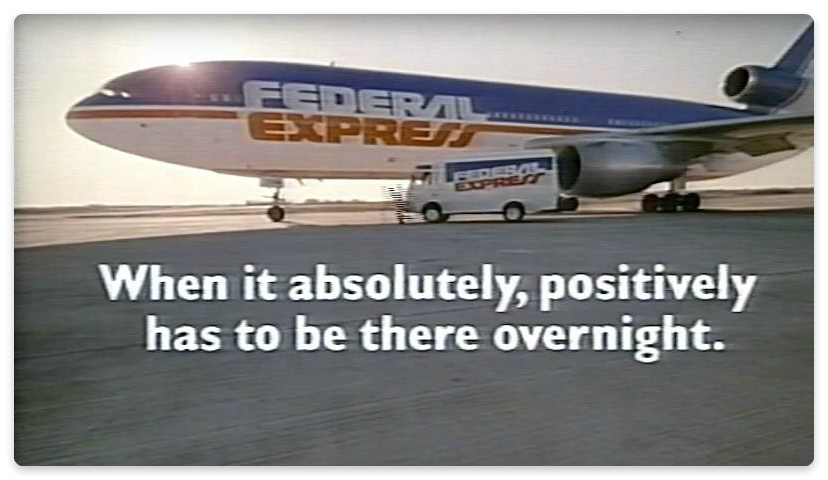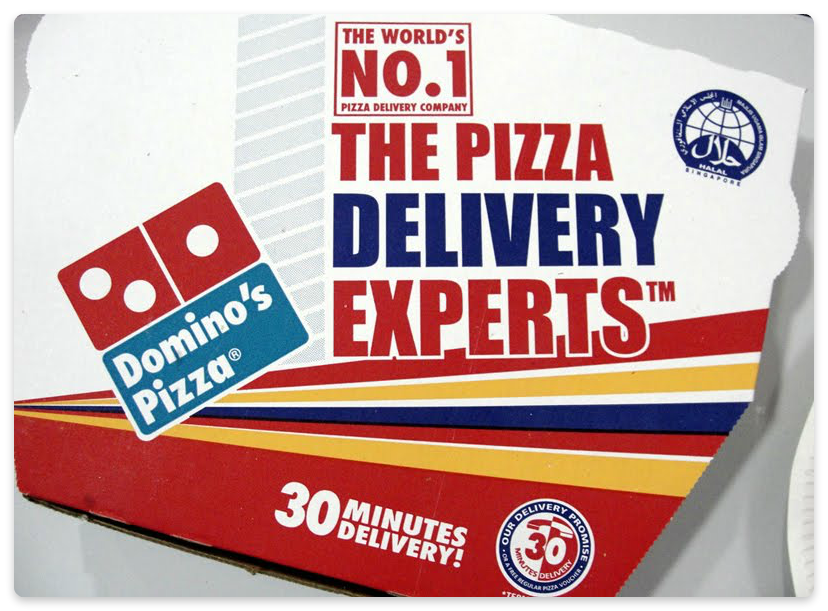Unique selling point / proposition (USP)
What is a unique selling proposition?
A unique selling point (USP), also known as a unique selling proposition, is a unique property of a product, service or branded item, which is associated with an advantage over the competition. A unique selling point can be a product’s or service’s features, special technical characteristics, innovation, unique design etc. Unique selling points are typically used as the basis of marketing campaigns.
The creation of a unique selling proposition is the main challenge in product development and marketing, because without such a feature the customer cannot associate a product with a unique identity, but will only aim to purchase it at the best price. For companies that strive for price leadership, the unique selling point is to become the cheapest provider. Such customer benefits must also be clearly communicated.
It’s not uncommon for a unique selling point to be patented (if possible) to protect it against competitors for the duration of the patent.
The unique selling point is of central importance for the establishment of a customer’s values. Companies that have no or weak unique selling point are under higher pressure and have to work with more customers per day, use stronger inductive reasoning, big discounts and bonuses in order to survive against the competition.
Origin of the term
The term unique selling proposition (USP), was introduced into marketing theory and practice in 1940 by Rosser Reeves as a unique “sales promise” in the context of product and service advertising. According to him, this unique selling promise should distinguish the benefit of the marketed product from the products of the competitors. This alleged or actual benefit usually refers to a specific property that other products do not have or do not claim to have. The target group addressed in this way should thereby form preferences for the advertised product and ultimately purchase it.
As part of his work for the advertising agency Ted Bates & Co, New York, Reeves repeatedly tried to find out and implement this unique selling point in the products he advertised in a target group-oriented manner. The dominant idea was to clearly work out and present the reason why a consumer should buy the advertised product.
During the US presidential election campaign in 1952, Rosser Reeves also implemented the unique selling point in campaign advertising. The Republican Party had hired him to promote Dwight D. Eisenhower. What followed was an upheaval in election campaigns, since he – successfully – marketed the candidate like soap.

In 1961, Reeves provided the theory for the practice of the unique selling point that he practiced. He conclusively demanded that advertising should clearly convey why the consumer should buy the advertised product (and no other). It is essential that the company must also deliver what the advertising promises. Otherwise, success will not last.
Unique selling point/proposition examples
The following are examples of the most famous unique selling propositions presented through what is generally viewed as a slogan that is intensified with a differentiating benefit of the product or service. Typically, the uniqueness is achieved with a unique method, component, or system that provides the benefit specified.
Head & Shoulders: “Clinically proven to reduce dandruff.” (1961)
After 10 years of research, Pyrithione Zinc was found to be a component that eradicated dandruff where other products were not effective. Adding the word “Shoulders” to the product name also symbolized that the product reduced the white marks on dark clothes caused by dandruff flakes falling from the hair.

M&M’s: “Melts in your mouth, not in your hand.” (1954)
As a unique selling point, M&Ms used a patented solid sugar crust that holds chocolate from melting in one’s hands. Thus the sweets could be safely carried compared to other brands. This USP was extensively used in campaign slogans for decades.

FedEx: “When it absolutely, positively has to be there overnight.” (1978-1983)
FedEx was the first business to concentrate on overnight air freight and first to employ package tracking. This inspired the company’s campaign slogan of “When it absolutely, positively has to be there overnight.” creating a massive competitive advantage.

Domino’s Pizza: “You get fresh, hot pizza delivered to your door in 30 minutes or less – or it’s free.” (1973-1993)
The company practices what it calls the “make line” and other methods to produce and deliver pizzas quickly. This USP made it an official pizza delivery leader all over the world.

Basic benefits, additional benefits, and USP – the subtle difference
You may have heard three marketing terms used when defining a product or service – basic benefit, additional benefit, and the USP. So what’s the difference between the three?
- Basic benefit: a benefit that a customer derives from a product or service. This basic benefit is the same for all products of one type: e.g. detergent cleans clothes.
- Additional benefit: another benefit that not every product offers, but which is not unique enough compared to competitive offers: e.g. this detergent prevents color fading.
- Unique selling point: no one else on the market offers this benefit: e.g. patented-formula gel capsules are added to the powder to prevent black clothes from fading, and actually make the colors brighter than before.
The difference between additional benefit and USP in particular is very important – not every standout selling proposition is also a unique proposition in the actual sense of the word.
Of course, selling propositions that are not strictly USPs can also be used in advertising messages. But this can only narrow the customer’s choice and not exactly direct it to your product.
Characteristics of a good unique selling point
In order to be considered an effective USP in terms of marketing, a unique selling proposition should meet three conditions:
- uniqueness
- relevance for target groups
- proof
The aspect of uniqueness is largely self-explanatory: the more unique the product or service, the greater the resulting competitive advantage. This also means that the USP should not be generic: “Cleans particularly well” is a claim that – if not supported by visible “power capsules” or similar unique selling propositions – can be claimed by any detergent.
Target group relevance, in turn, ensures that the USP also has actual customer benefits: a shelf life of 25+ years, for example, is not an actual advantage for detergent users who do their laundry every week. On the other hand, a detergent that ensures that black clothing does not fade is a clear advantage for anyone who often wears black clothing – for example as a discreet work outfit.
The proof behind the USP is unfortunately often overlooked, especially by new companies that still want to quickly assert themselves on the market. If, for example, it turns out for the customer that the black laundry is still fading to gray despite the unique marketing claims, the supposed sales argument can backfire fast.
Strategic importance
In the introductory and growth phases of the product life cycle, the concept of unique selling points works excellently, provided the product hits an unsaturated market with this unique selling offer. Advertising for the product with a USP is also very effective as it can be limited to just a few simple points.
In the maturity and decline phases of the product life cycle, however, the fixation of the product policy on the chosen unique selling point becomes a problem. In this phase, your own product is established, but the competing companies bring comparable products to the market. This also reduces the value of the chosen unique selling point, since it is no longer clearly perceived by the customer as such.
Therefore, the marketing strategy must adapt to the conditions of the mature market. Even though the differences between the competing products are smaller, which limits the development of unique selling points, the price can now serve as such. There are two sub-strategies: either you are cheaper than the competition for the same performance, or you offer more performance for the same money.
There’s one more strategy that differs from the rest: move away from material USPs and instead try to build an emotionally charged brand which inspires the customer to buy from you.
Why unique selling points are so important
Anyone who has ever looked at endless shelves with washing products in the supermarket knows that most products are interchangeable in almost all market segments. If two detergents differ only in the name and the packaging, the customer may randomly choose one of the two products. Unless one of the products has a unique selling point.
USPs can be identified not only at the product level, but also at the service level: e.g. the product has a 10-year guarantee, the company also delivers on public holidays, there’s a free gift with every online order.
If you want to promote yourself in a competitive environment – especially with a newly launched product – you have to make it clear to the customer why your product is the right choice. Unique selling points are defined and communicated to the customer for this exact purpose.















